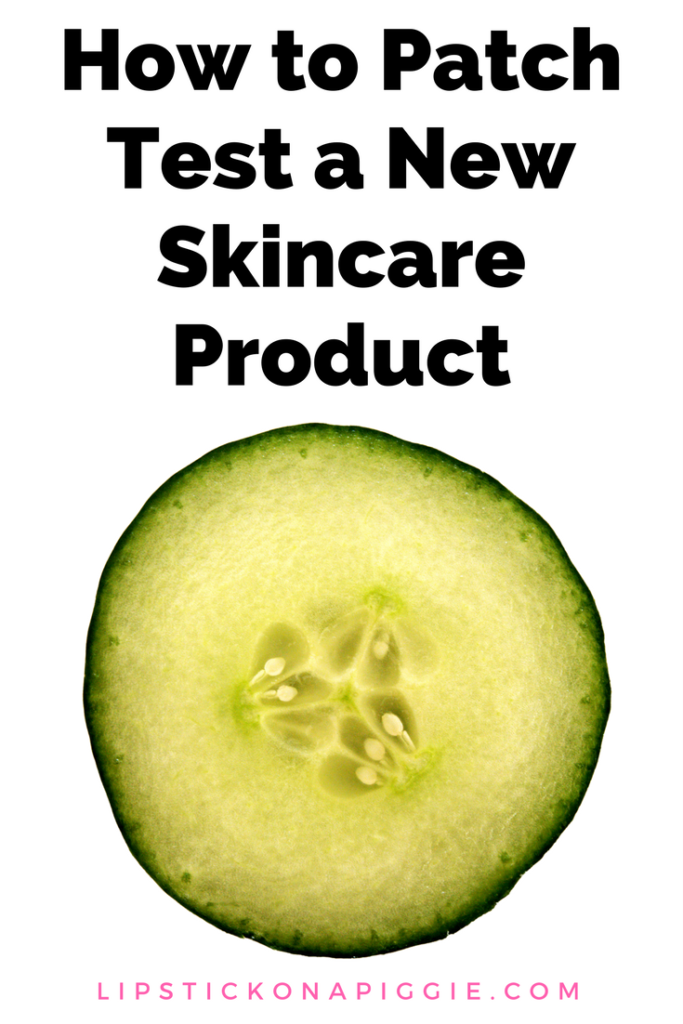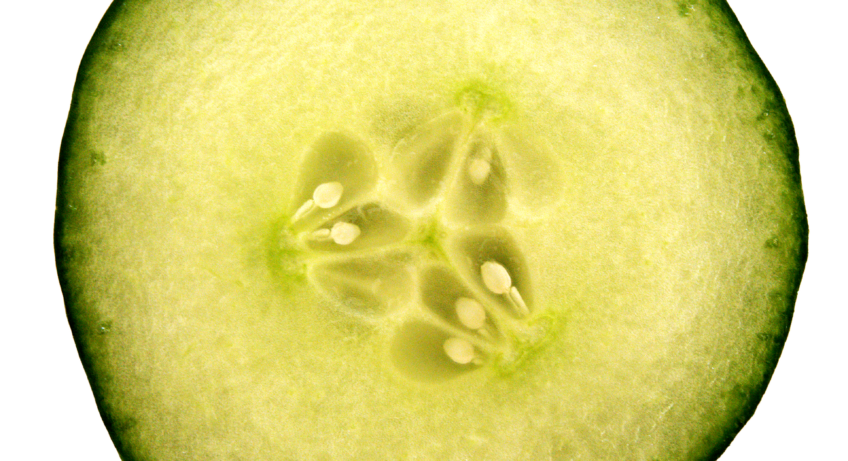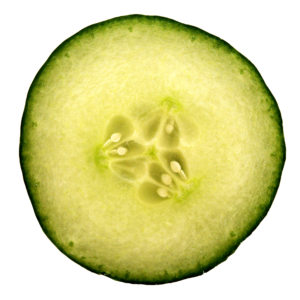 As I learned from my experience with CeraVe PM, it’s extremely important to patch test a new skincare product before using it on your whole face. By patch testing, you can determine if your skin reacts or breaks out, saving you from potential pain and frustration later on!
As I learned from my experience with CeraVe PM, it’s extremely important to patch test a new skincare product before using it on your whole face. By patch testing, you can determine if your skin reacts or breaks out, saving you from potential pain and frustration later on!
Here are the steps I follow when patch testing a new product. I’m not a doctor, dermatologist, or esthetician, but this is something that has worked for me!
Step 1: Pick a section of your face to patch test your product
I tend to be riskier than most people and patch test half my face. This lets me compare how one side of my face looks and feels versus the other. Others may choose to patch test on the most sensitive or acne-prone parts of their faces. If they don’t react to a product there, then they should be fine once they apply it to the whole face.
Step 2: Patch test your product as part of your normal daily routine
By spot testing your product with as part of your daily routine, you’ll be able to see and feel how it works with everything else you’re using on your face. In addition, you’ll find out if there are any unlikely product interactions that occur.
Step 3: Look for any signs of a negative reaction
Symptoms of a negative reaction may include redness, itching, burning, irritation, and/or breakouts. Products with active ingredients (“actives”) such as fruit acids, retinols, and benzyl peroxide may cause an initial increase in inflammation due to the acceleration of skin turnover. Many in the Asian skincare community refer to this as “purging”.
If you are experiencing breakouts from moisturizers, suncreens, or cleansers then this is not purging. As I was told while patch testing CeraVe PM, no moisturizer should cause a burning sensation. Definitely stop using the product immediately and consult with a medical professional if your skin condition worsens or does not improve.
Step 4: Patch test your product for at least two weeks
While this is the most difficult step, it’s also the most important. Do not use new products on your face while patch testing. I repeat: Do not use new products on your face while patch testing!*
When I patch tested CeraVe PM, it took four days because I started having symptoms of burning. Since CeraVe PM was the only new product I was using, it was easy to identify it as the problem. I realize it’s really tempting to try out multiple new things at once. However, for me it’s not worth the wasted time and products if I have a reaction and not know what caused it.
*I have used masks on my face while patch testing, usually after the one week mark. While I have yet to break out, this is a risky move I don’t recommend. Generally, I try out new masks when I’m between patch testing products and stick to familiar masks the rest of the time.
Step 5: If there are no adverse reactions after two weeks, then you can start applying the product your whole face!
If you successfully patch test for two weeks, then you’re likely in the clear! You can now start using this product normally as part of your daily routine.
Step 6: Repeats Steps 1-5 for a new product
When patch testing a new product, do so on the same parts of your face as your last spot test. These areas are already used to the previous products you tested.
Final Thoughts
Though patch testing takes time, it’s the best way to introduce new skincare products and quickly see if they cause a reaction. Currently, I have four skincare products I’m hoping to try out, which will take eight weeks if I don’t take breaks between patch testings. While this will certainly test my patience, I hope to avoid breakouts and have better skin instead!

